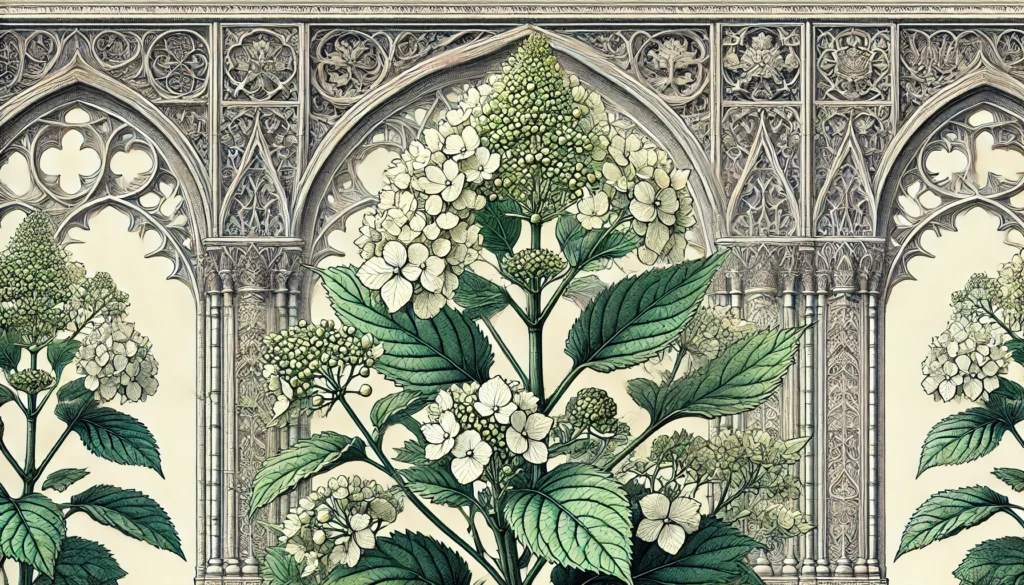

Home » Cat Plants » Seven Bark Plant Toxic Dangers: How It Can Harm Your Cat?

The seven bark plant, also known as smooth hydrangea, is highly toxic to cats if ingested. This common garden shrub contains cyanogenic glycosides in all parts of the plant, which can cause serious harm to felines.
Seven bark is often found in landscaping across the United States.
Ingestion may cause mild gastrointestinal upset, but is generally not life-threatening.
Ingestion can result in mild symptoms like vomiting, diarrhea, or drooling. Rarely fatal but may require veterinary care.
Eating these plants can lead to more pronounced symptoms like abdominal pain, lethargy, or difficulty breathing. Veterinary intervention may be necessary.
Ingesting even small amounts can cause severe symptoms like organ damage, seizures, or cardiac failure without rapid treatment.
All parts of these plants are extremely poisonous to cats and can quickly lead to death, even with immediate veterinary care.
** Please note: Please note that toxicity level can vary based on the amount ingested and the specific cat. It's always best to keep these plants completely inaccessible to cats and seek immediate veterinary care or call the poison hotline if you suspect your cat has ingested any part of a toxic plant.
If your cat ingests any part of a seven bark plant, they may experience a range of concerning symptoms. Watch for these signs that your cat may have seven bark poisoning:
Symptoms can progress very quickly and may be fatal if left untreated. Seek immediate veterinary care if you suspect your cat has eaten any part of a seven bark plant.
Your veterinarian will conduct a thorough evaluation to diagnose seven bark toxicity in your cat:
Quick treatment is essential for the best chance of recovery. Your vet can provide medications and therapies to help counteract the toxic effects.

A: Yes, the Seven Bark Plant, also known as Hydrangea arborescens, is highly poisonous to cats. Ingesting any part of the plant can lead to severe symptoms like vomiting and depression.
A: Symptoms of Hydrangea poisoning in cats include vomiting, diarrhea, and lethargy. If your cat shows any of these signs, contact your veterinarian immediately.
A: To protect your cat from toxic plants like the Seven Bark, avoid having these plants in your home or garden. Instead, choose non-toxic alternatives like spider plants or bamboo.
A: Yes, all parts of the Seven Bark Plant are harmful to cats. The highest concentrations of toxins are found in the leaves and flowers.
A: If your cat ingests the Seven Bark Plant, seek veterinary care immediately. Prompt treatment is crucial to prevent serious health complications.
A: Cats can recover from Hydrangea poisoning with timely and appropriate treatment. However, the severity of symptoms depends on the amount ingested and the speed of intervention.
Seven bark hydrangea is native to the eastern United States. The name comes from the way the bark peels off in layers. Native Americans used parts of the plant to brew teas and make poultices for various ailments.
However, all parts are considered toxic to humans and animals if ingested in large amounts. The plant prefers moist woodland soils and is very cold tolerant.
Please note: The information shared in this post is for informational purposes only and should not be considered as veterinary medical advice.